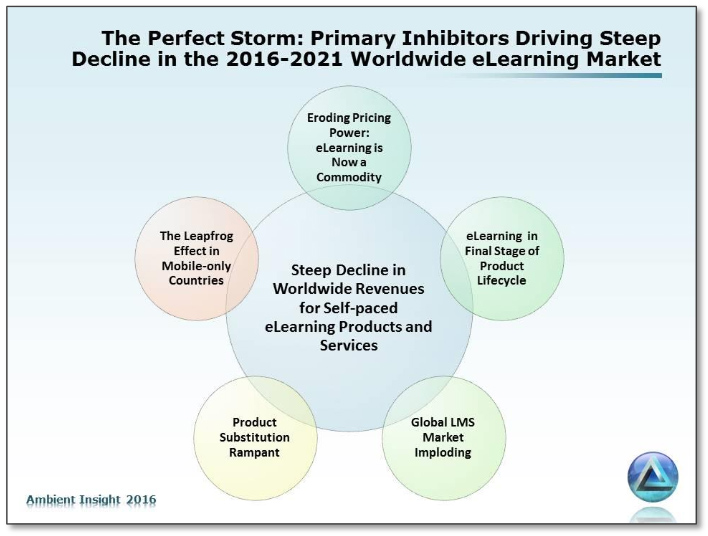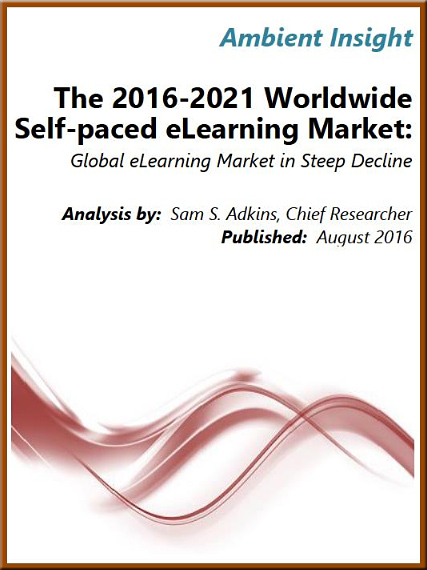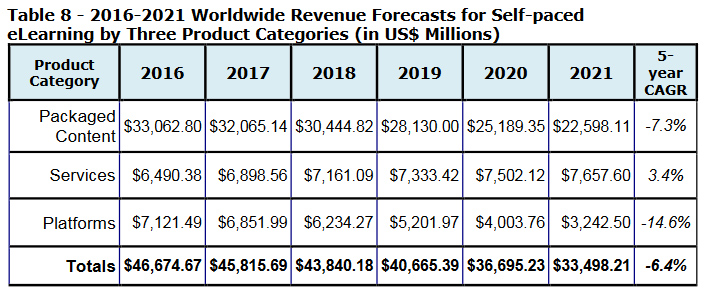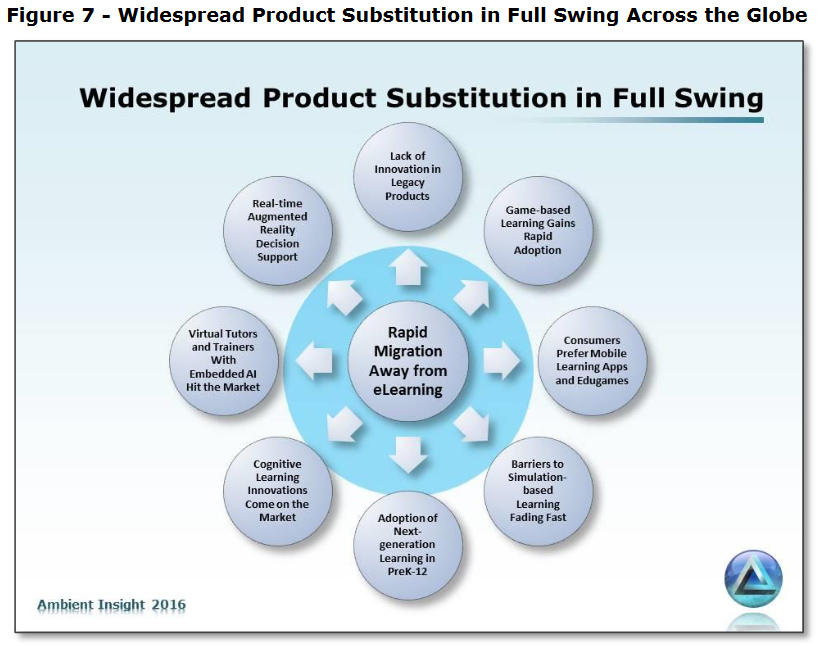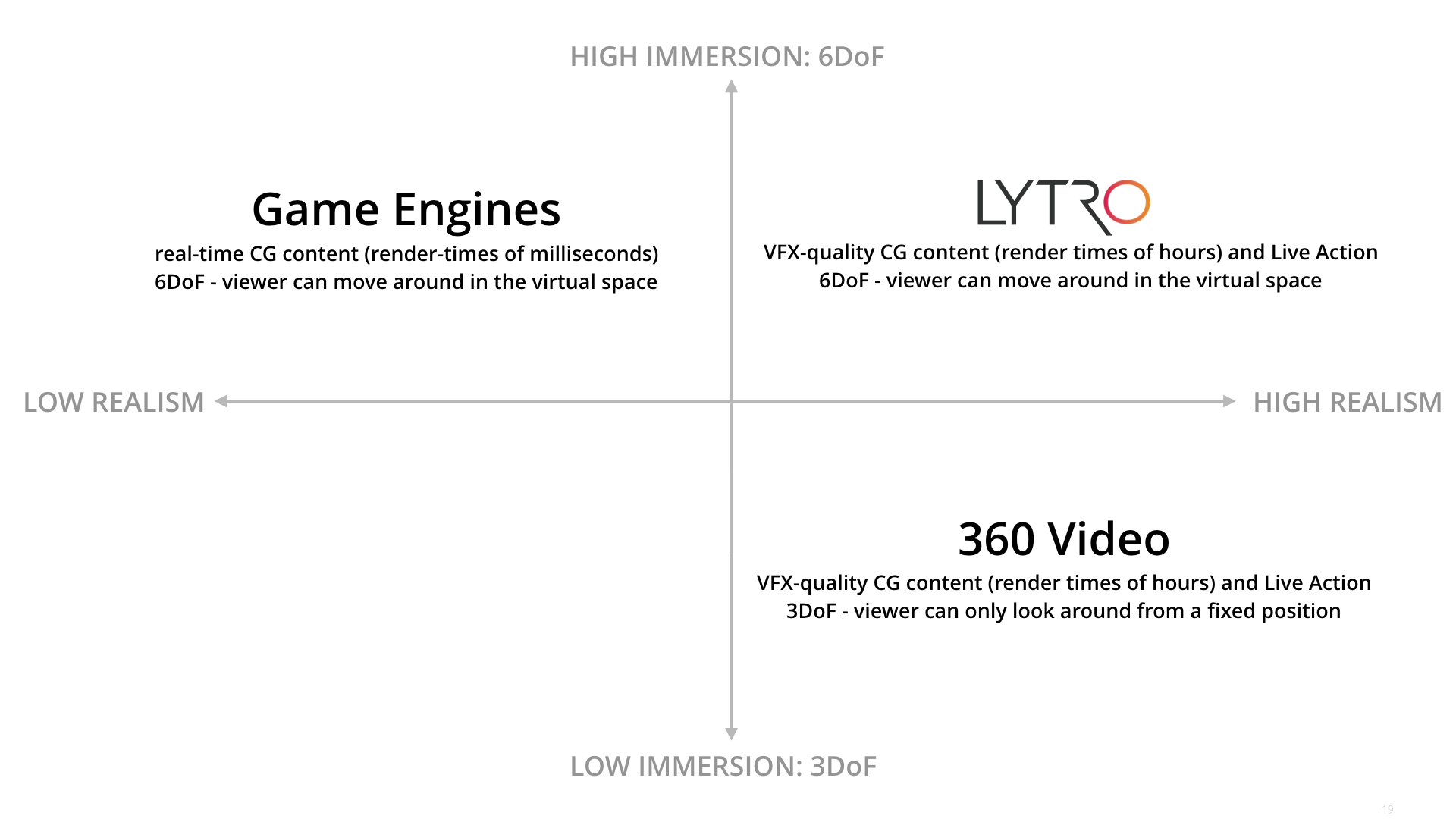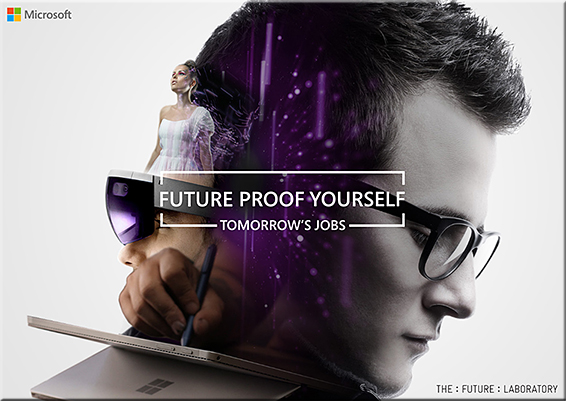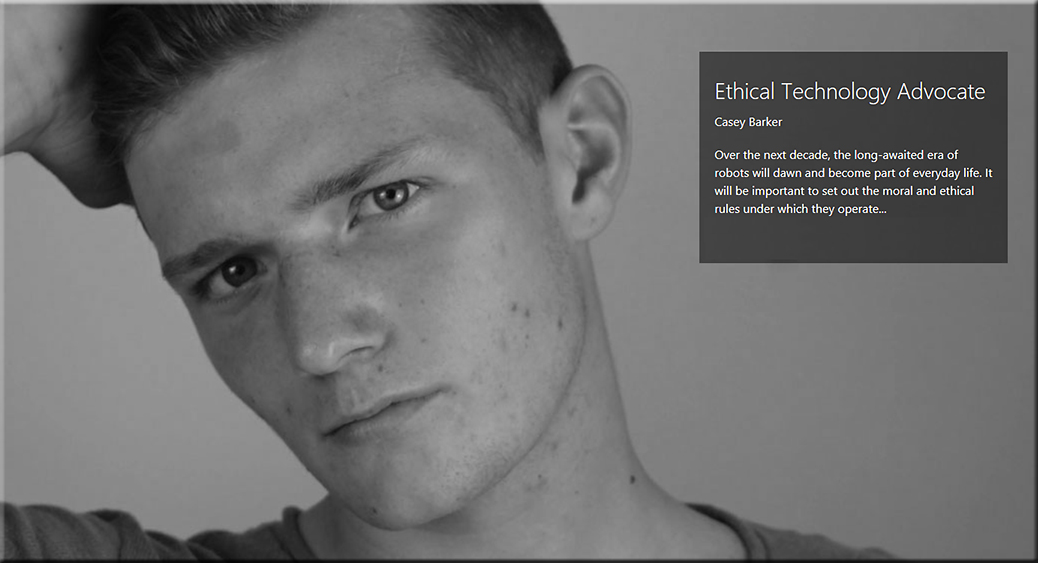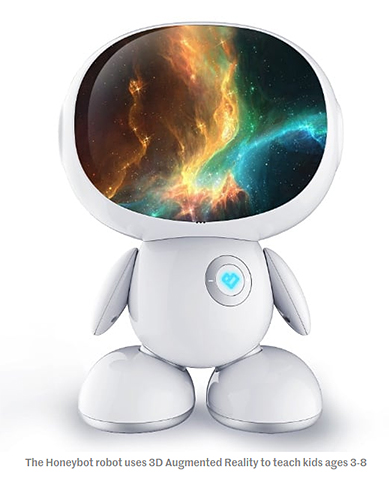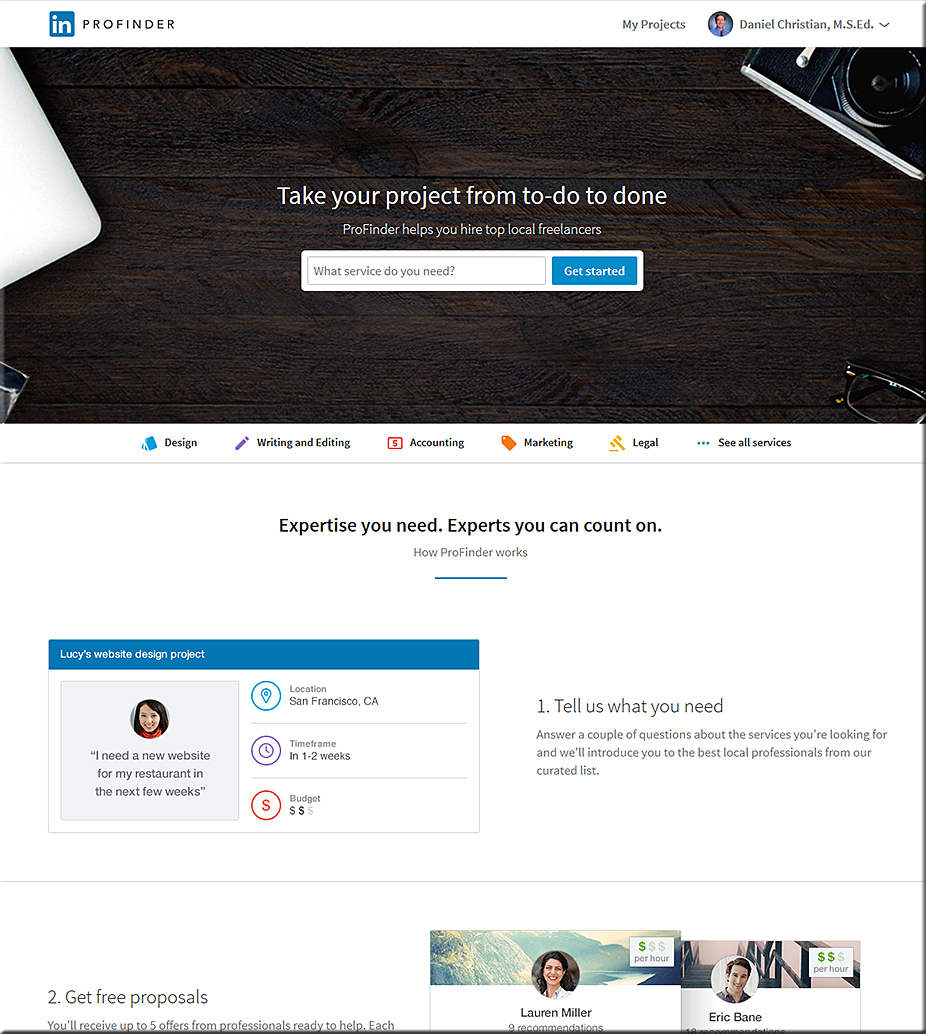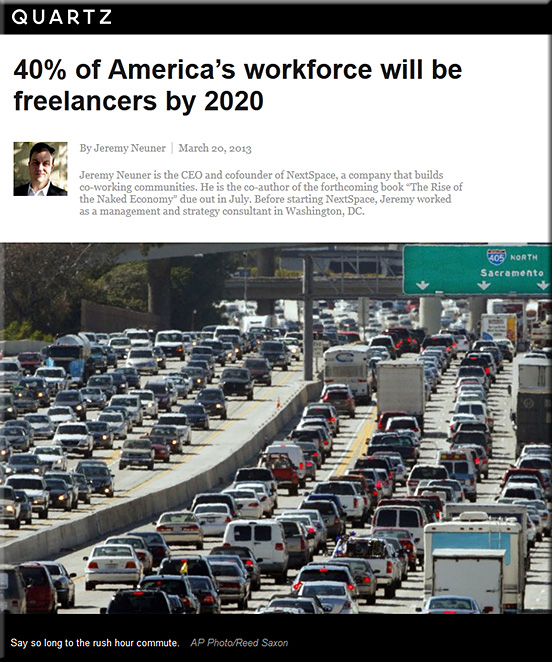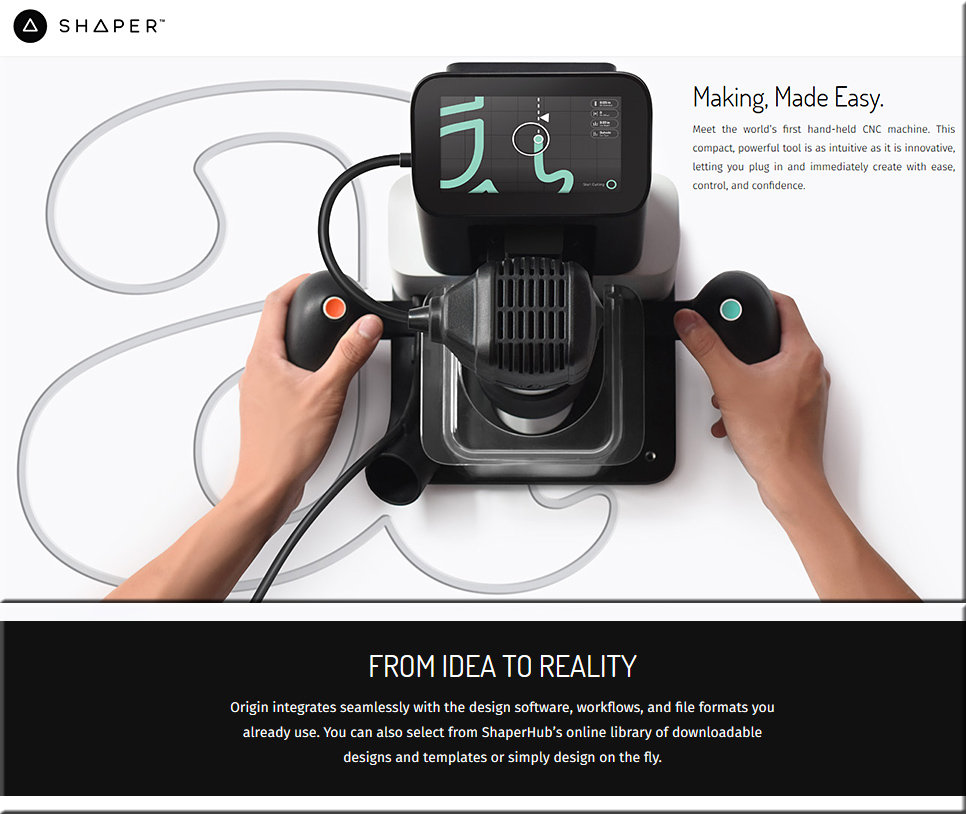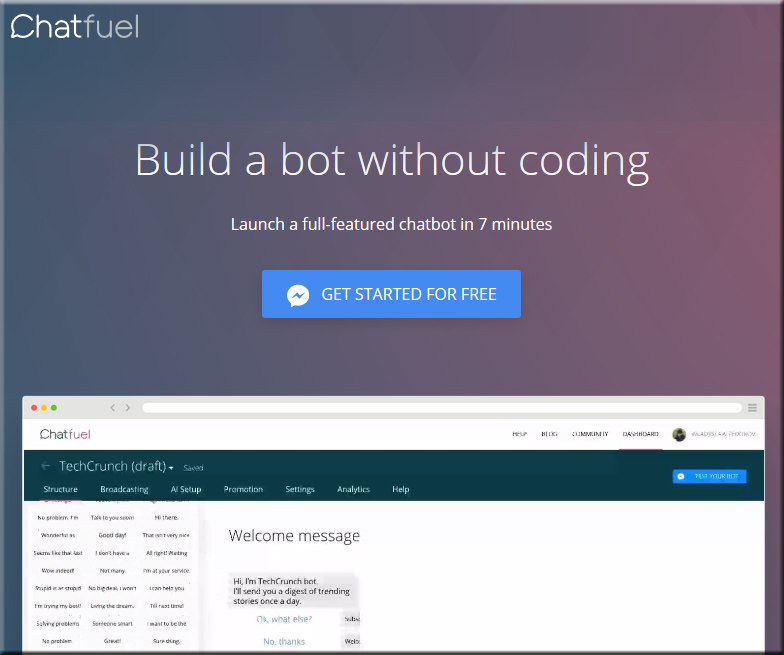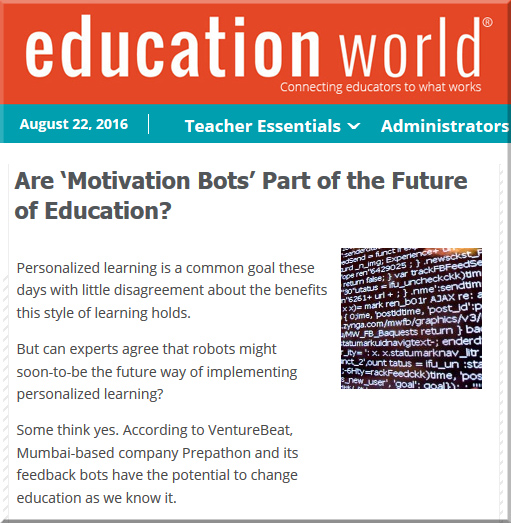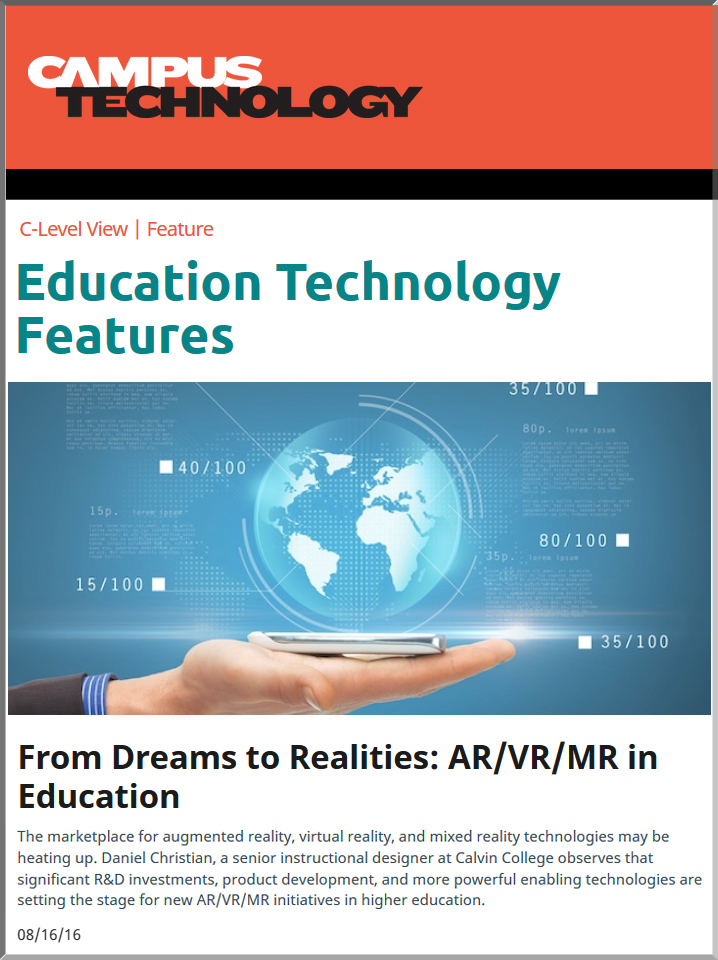FACT SHEET: ED Launches Initiative for Low-Income Students to Access New Generation Of Higher Education Providers — from ed.gov
Excerpt:
[On 8/16/16], the U.S. Department of Education (ED) is inviting eight selected partnerships between institutions of higher education and non-traditional providers to participate in the EQUIP (Educational Quality through Innovation Partnerships) experiment.
These partnerships will allow students—particularly low-income students—to access federal student aid for the first time to enroll in programs offered by non-traditional training providers, in partnership with colleges and universities, including coding bootcamps, online courses, and employer organizations. The goals of the experiment are to: (1) test new ways of allowing Americans from all backgrounds to access innovative learning and training opportunities that lead to good jobs, but that fall outside the current financial aid system; and (2) strengthen approaches for outcomes-based quality assurance processes that focus on student learning and other outcomes. The experiment aims to promote and measure college access, affordability, and student outcomes.
Obama Administration to Fund Nontraditional Training for Students — from wsj.com
Education Department will give up to $17 million in loans and grants for training at eight entities that aren’t traditional colleges
Excerpt:
WASHINGTON—The Obama administration will inject millions of dollars into a group of nontraditional education providers to address a vexing problem: Many Americans are leaving college with debt but without skills the economy needs.
The administration is turning to the private sector for help. In a novel experiment, the Education Department announced Tuesday up to $17 million in loans and grants for students to undergo training at eight entities that aren’t traditional colleges. Most are for-profit companies. They include coding academies such as New York startup Flatiron School and Portland, Ore.-based Epicodus, as well as websites such as Study.com and StraighterLine that provide online courses at reduced costs.
The one that stands out from the group is corporate giant General Electric Co., which won’t receive funds directly but will provide training at one of its jet-engine plants under the program.
The program, called Educational Quality through Innovative Partnerships, or Equip, is designed to enable low-income Americans to learn skills in areas where colleges often fall short, such as learning how to write computer code, or using new software to operate high-tech manufacturing equipment to make jet engines.

Can’t Afford Coding Camp? The Feds May Have a Loan for You — from wired.com by Issie Lapowsky
Excerpt:
A new Department of Education program focused on skills training aims to address that second part. Announced last year, the so-called Educational Quality through Innovation Partnerships program will offer federal student aid to students enrolled at non-traditional institutions like coding bootcamps and skills-training programs.
[On 8/16/16], the Department of Education revealed the eight organizations and educational institutions with programs that will be covered as part of the EQUIP pilot program. For now, the programs are located on both coasts and in Texas. They include bootcamps like The Flatiron School, as well as newly launched training programs from companies like General Electric. The Department of Education chose the programs from dozens of applications, and each organization will partner with an established, accredited college or university. Meanwhile, third-party quality assurance partners have signed up to monitor students’ results.
